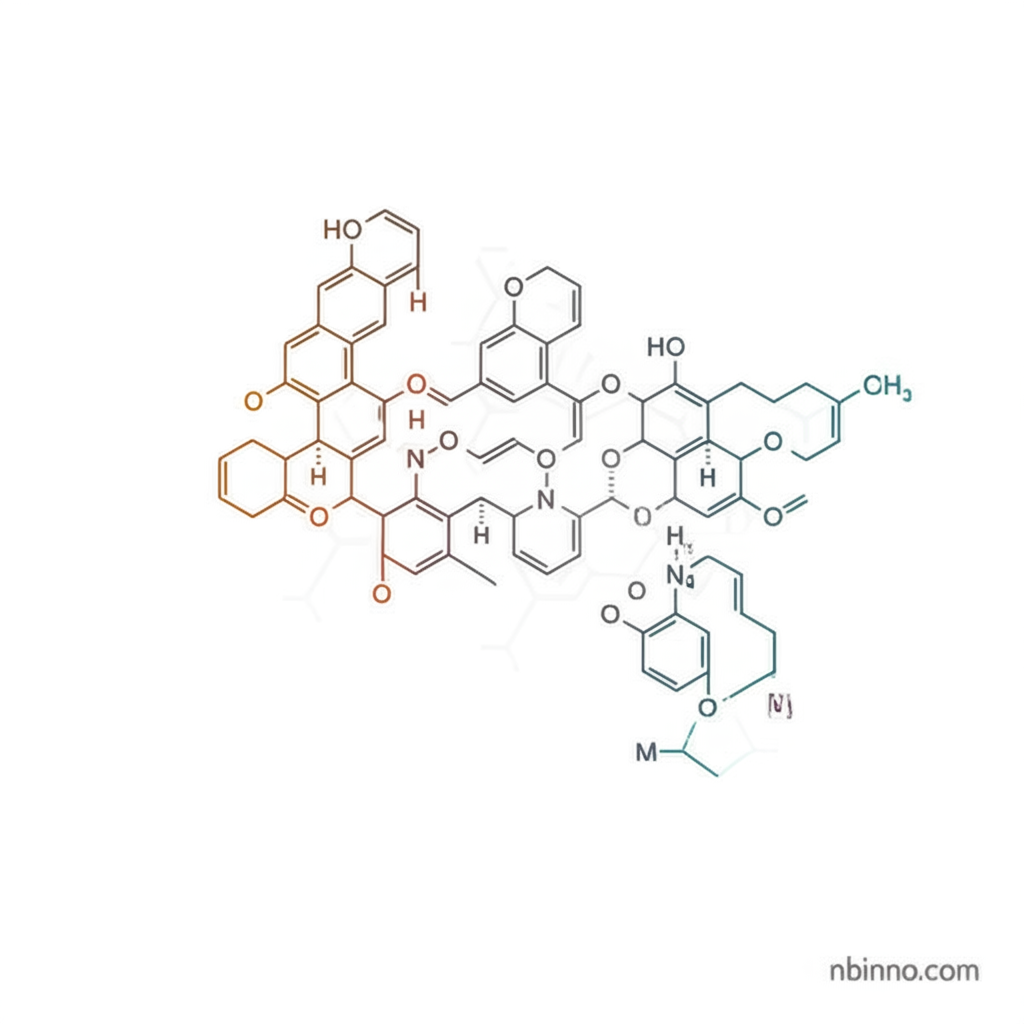Unlocking Advanced Materials: The Role of 3,4-Dinitro-2,5-dithiophen-2-ylthiophene
Discover a key building block for next-generation organic electronics and explore its multifaceted applications.
Get a Quote & SampleProduct Core Value

3,4-Dinitro-2,5-dithiophen-2-ylthiophene
This compound is a highly versatile intermediate, primarily utilized as a building block in the synthesis of advanced materials for organic electronics. Its unique structure, featuring nitro groups and thiophene rings, bestows it with specific electronic properties that are crucial for developing high-performance devices. The successful synthesis via Stille coupling ensures its availability for diverse research and industrial applications.
- Leveraging 3,4-dinitro-2,5-dithiophen-2-ylthiophene synthesis advancements, researchers can create novel organic semiconductors with tailored electronic properties.
- The nitro group's effect on LUMO levels makes this compound instrumental in developing efficient n-type semiconductors for electronic devices.
- Its application as a key building block for organic electronics paves the way for advancements in solar cells and OLEDs.
- The CAS 205170-72-5 chemical properties are extensively studied, offering a robust foundation for materials innovation.
Advantages Offered by the Product
Versatile Synthesis Pathway
Utilizing the established Stille coupling method, the synthesis of 3,4-dinitro-2,5-dithiophen-2-ylthiophene results in high purity, essential for demanding electronic applications. This reliable synthetic route underpins its value as a chemical intermediate.
Enhanced Electronic Properties
The strategic placement of nitro groups significantly modifies the compound's electronic structure, particularly lowering the LUMO energy. This characteristic is vital for designing effective n-type semiconductors, a critical component in many electronic devices.
Broad Application Potential
Beyond organic electronics, research into dinitrothiophene derivatives' applications reveals potential in medicinal chemistry, particularly for their antimicrobial and anticancer activities, showcasing its broader utility.
Key Applications
Organic Photovoltaics (OPVs)
This compound serves as a fundamental building block for creating new generations of organic photovoltaic materials, contributing to more efficient solar energy conversion. The tuning of electronic properties is key here.
Organic Light-Emitting Diodes (OLEDs)
Its unique electronic characteristics make it suitable for the development of advanced OLED materials, enabling brighter and more energy-efficient displays and lighting solutions.
Photodetectors
The compound's optoelectronic properties are leveraged in the design of high-performance photodetectors, important for various sensing and imaging applications.
Medicinal Chemistry Research
Emerging research highlights the potential of dinitrothiophene derivatives, including this compound, for their antimicrobial and anticancer properties, opening avenues for therapeutic development.
